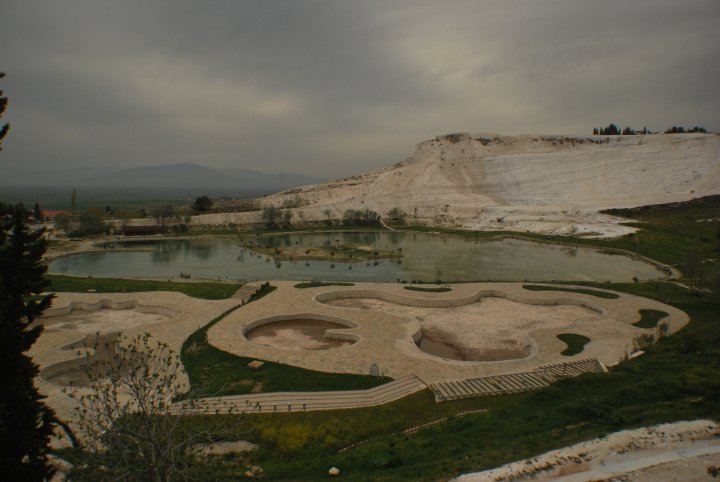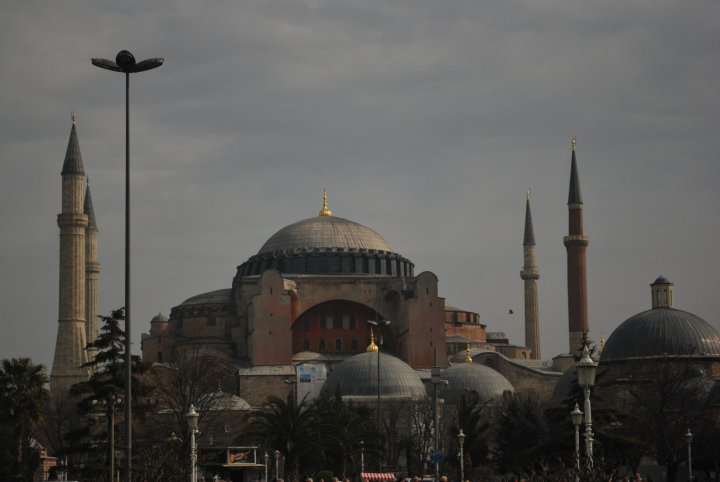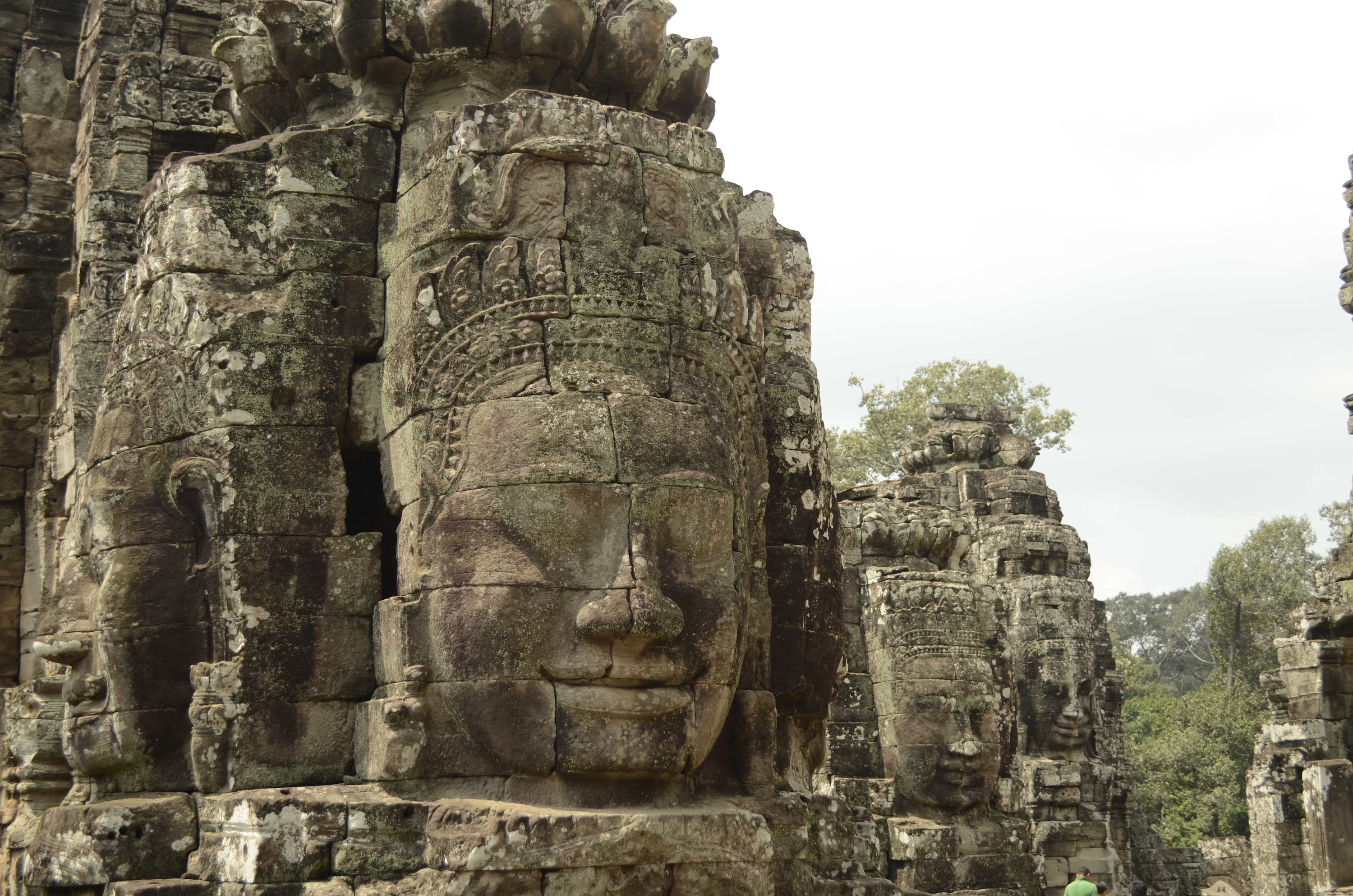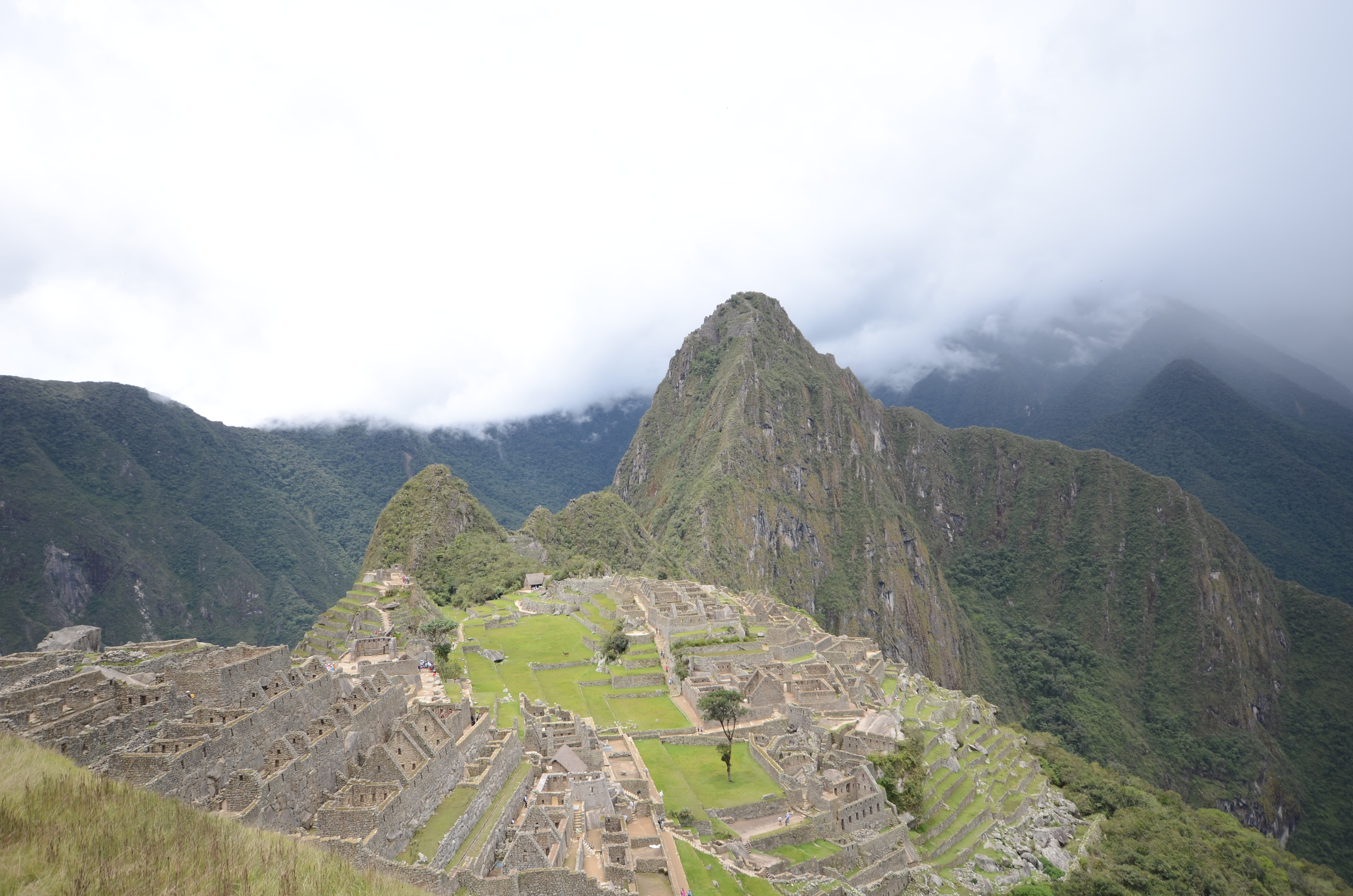Cappadocia is a region in central Turkey, largely in Nevşehir Province. Cappadocia was known as Hatti in the late Bronze Age, and was the homeland of the Hittite power centred at Hattusa.
The name was traditionally used in Christian sources throughout history and is still widely used as an international tourism concept to define a region of exceptional natural wonders, in particular characterized by fairy chimneys and a unique historical and cultural heritage. The region was the marred by multiple volcanic eruptions millions of years ago, which resulted in solidified lava. The softness of the same has resulted in naturally built cave dwellings perfect for the persecuted (Christians) to hide. And with the help of primitive architects, underground cave city like Kaymakli has been built.
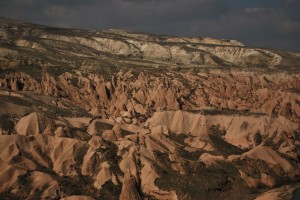
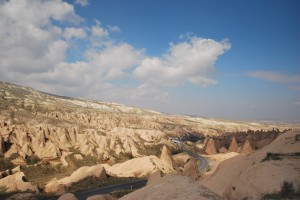
Kaymakli, Monasteries and Cave Hotels (Day # 4)
We landed at the Nevşehir airport and straight away were taken to Kaymakli, the underground city. First opened to tourists in 1964, the village is about 19km from Nevşehir, on the Nevşehir-Niğde road. The ancient name was Enegup. Hittites were supposed to be the first inhabitants of the town around second millenium B.C. The houses in the village are constructed around the nearly one hundred tunnels of the underground city. The tunnels are still used today as storage areas, stables, and cellars. There are seven floors, but only three were open. It is estimated that around 3000 – 4000 people lived here. The city has granaries, wineries, kitchens, pottery wheels etc.
After Kaymakli, we were taken to some old cave churches where the early Christians had settled in the ancient times to escape the persecution by the Romans. After Lunch we visited a quaint Greek House.
Finally, we reached Gamirasu Cave Hotel where we were staying for these two days. And what a place it was !! The hotel was actually built within existing caves and had amazingly beautiful rooms. The food was delicious and so was the overall service we received from the staff.
Lunar landscapes & Fairy Chimneys, Goreme open air museum, Pottery workshop (Day # 5)
A hoodoo (also called a tent rock, fairy chimney, and earth pyramid) is a tall thin spire of rock that protrudes from the bottom of an arid drainage basin or badland. Hoodoos are composed of soft sedimentary rock and are topped by a piece of harder, less easily-eroded stone that protects the column from the elements.
The entire landscape was surreal. Centuries of erosion had created the awesome “lunar landscapes” and the fairy chimneys.
People of Göreme, at the heart of the Cappadocia Region, realized that the soft rocks (formed after the volcanic eruptions involving Mount Erciyes) could be easily carved out to form houses, churches, monasteries. These Christian sanctuaries contain many examples of Byzantine art from the post-iconoclastic period. These frescoes are a unique artistic achievement from this period.
The Göreme open air museum houses the Nunnery and many Churches like St. Barbara Church, Apple (Elmali) Church, Snake (Yilanli) Church, Dark Church (Karanlik Kilise), Carikli (Sandals) Church. Three prominent saints – St. George, St. Basil and St. Denis were living here and were supposed to have been visited by St. Paul.
After the amazing sight seeing, we went to a pottery workshop and bought quite a bit from there. (Carpets and Pottery should be bought from Cappadocia and not bigger cities like Istanbul, as it is less expensive and genuine here).
Sumptuous lunch was at an amazing place – Firca, which was followed by some more sight seeing and wine tasting.
Later, in the hotel we called in an early night as we had to leave for the Kayseri Airport at 4 am to take a flight to Ephesus.
We had a great time at Cappadocia and it was not only because of the natural beauty and history, but also because of the warmth and friendly nature of the Cappadocians. Special mention to Zeynap Aktas, a funky red haired girl, our guide. And also to the entire staff at the Gamirasu Cave Hotel. We wish we could’ve stayed there for more days.
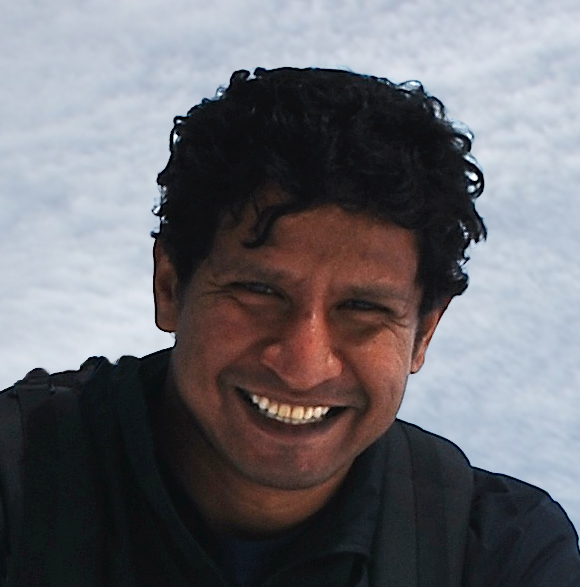
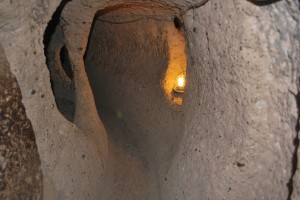
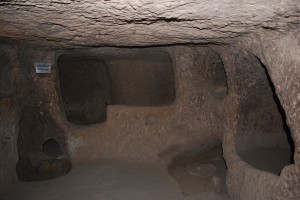
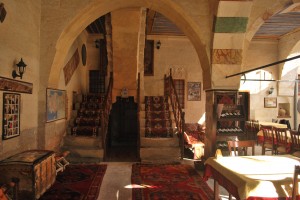
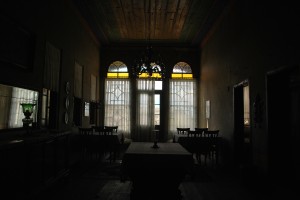
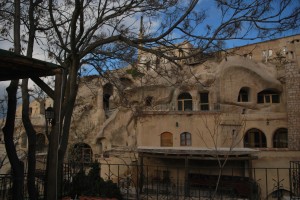
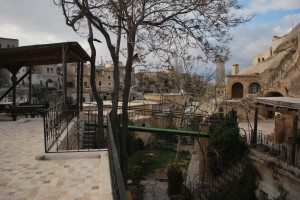
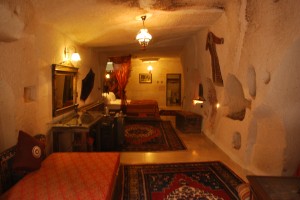
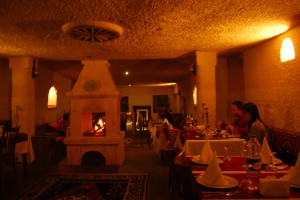

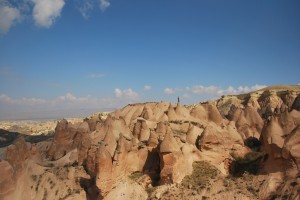

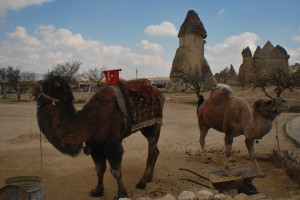
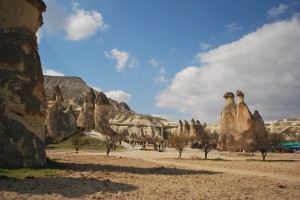
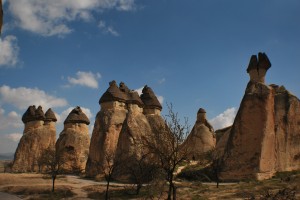


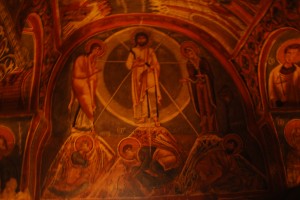
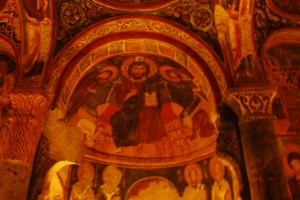

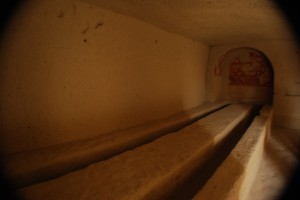
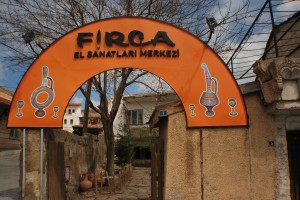

 Follow
Follow
